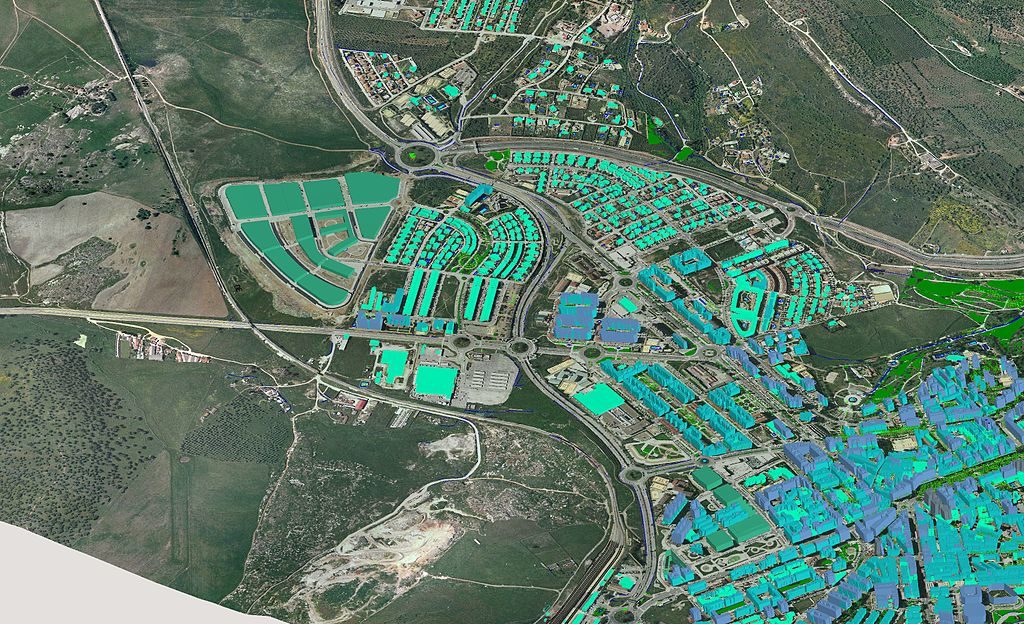
Technical Assistance
The IAFF provides an assortment of analytical tools, which gives our affiliates data-supported information when working with their respective jurisdictions to address issues such as staffing, response times, healthcare, and contract negotiation. We deploy a set of customized, proprietary analytical methods that help affiliates craft policy and initiatives. This work is divided into two reports: the Geographic Information System (GIS) analysis and the Municipal Financial Analysis (MFA).
Geographic Information System (GIS)
What is a GIS?
In general, a Geographic Information System (GIS) combines layers of information about a geographic region to give a better understanding of that region. Layers of information can be combined depending on the purpose of the study.
For instance, the location of fire stations can be layered on a jurisdiction’s geography, including the road network, water features, building footprints, or any other feature that has been digitized and assigned a location. These layers form a computer model of a jurisdiction, on which many types of analyses can be made.
What a GIS is not
A Global Positioning System (GPS) is not a geographic information system, though a GPS may be used in GIS data collection. A static map, paper or digital, is also not a GIS. Maps are a “product” of a GIS system, a way of visualizing the analysis.
A full GIS requires hardware, software, data, trained users, and sound analysis methods for interpreting the results generated by the GIS. The IAFF uses a state-of-the-art, PC-based GIS system, ArcView from ESRI. All GIS analysts at the IAFF receive training from an ESRI-certified ArcView instructor and follow established analysis routines developed by both IAFF staff and GIS industry experts.
How to get a GIS from the IAFF
If you are interested in receiving a GIS analysis, contact your district vice president to start the process.
Municipal Financial Analysis (MFA)
What is an MFA?
A Municipal Financial Analysis (MFA) evaluates municipal financial documents to determine the overall financial condition of a city or county government to help you determine its ability to pay.
Governments use an accounting technique that is unique to governments known as “fund accounting.” A fund represents an entity with a separate set of accounting records segregated to carry on a specific activity. Each fund has assets, liabilities, and a fund balance or fund equity that equals assets minus liabilities. Each fund begins the fiscal year with a beginning fund balance from the previous year, takes in revenue during the current year, pays expenses for the current year, and ends the year with a new fund balance that carries over into the next fiscal year.
The fund balance is significant because it represents the fund’s reserves and is an important measure of a local government’s fiscal strength. Although the condition of every fund is relevant when analyzing a government’s financial health, this analysis focuses primarily on the general fund because it finances general government operations, including the day-to-day operations of the fire department, such as salaries. Most municipalities account for the fire department within the general fund.
What documents can I expect from an MFA?
Most of the information needed to evaluate a local government’s financial condition can be found in its comprehensive annual financial report or audited financial statements. This document contains two important financial statements each of which calculates the fund balance in a different way, but both of which give the same dollar figure. They are:
- The balance sheet that shows the assets and liabilities of each fund on the last day of the fiscal year. The balance sheet calculates the fund balance as assets minus liabilities, inclusive of deferred inflows of resources, where applicable.
- The statement of revenues, expenditures, and changes in fund balance (often called the revenue and expense statement) that shows how much money came in and how much money the government spent during the fiscal year. The revenue and expense statement calculates the fund balance as the old fund balance plus revenue over the year minus expenses over the year.
How to get an MFA from the IAFF
If you are interested in receiving an MFA, contact your district vice president to start the process.